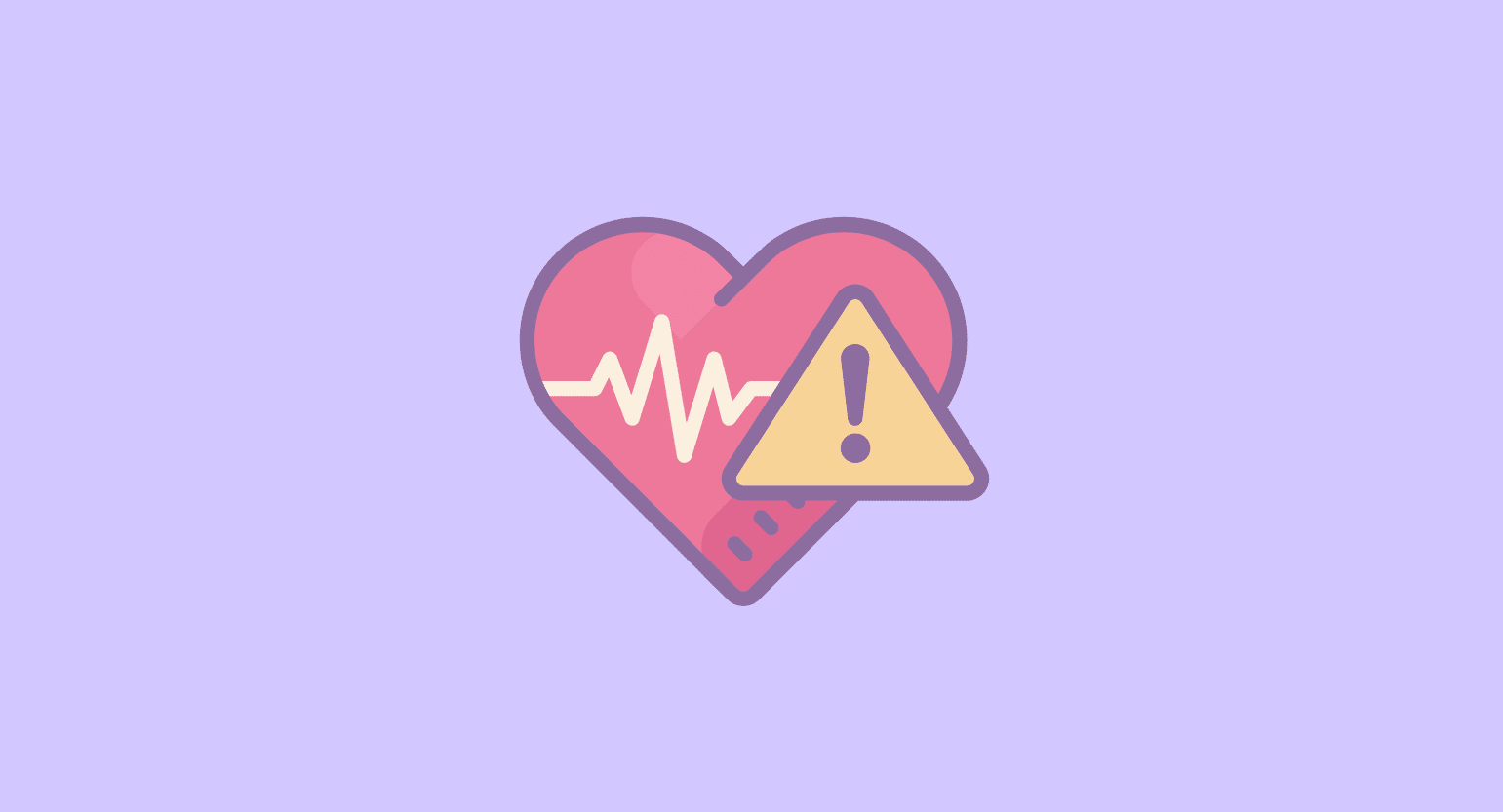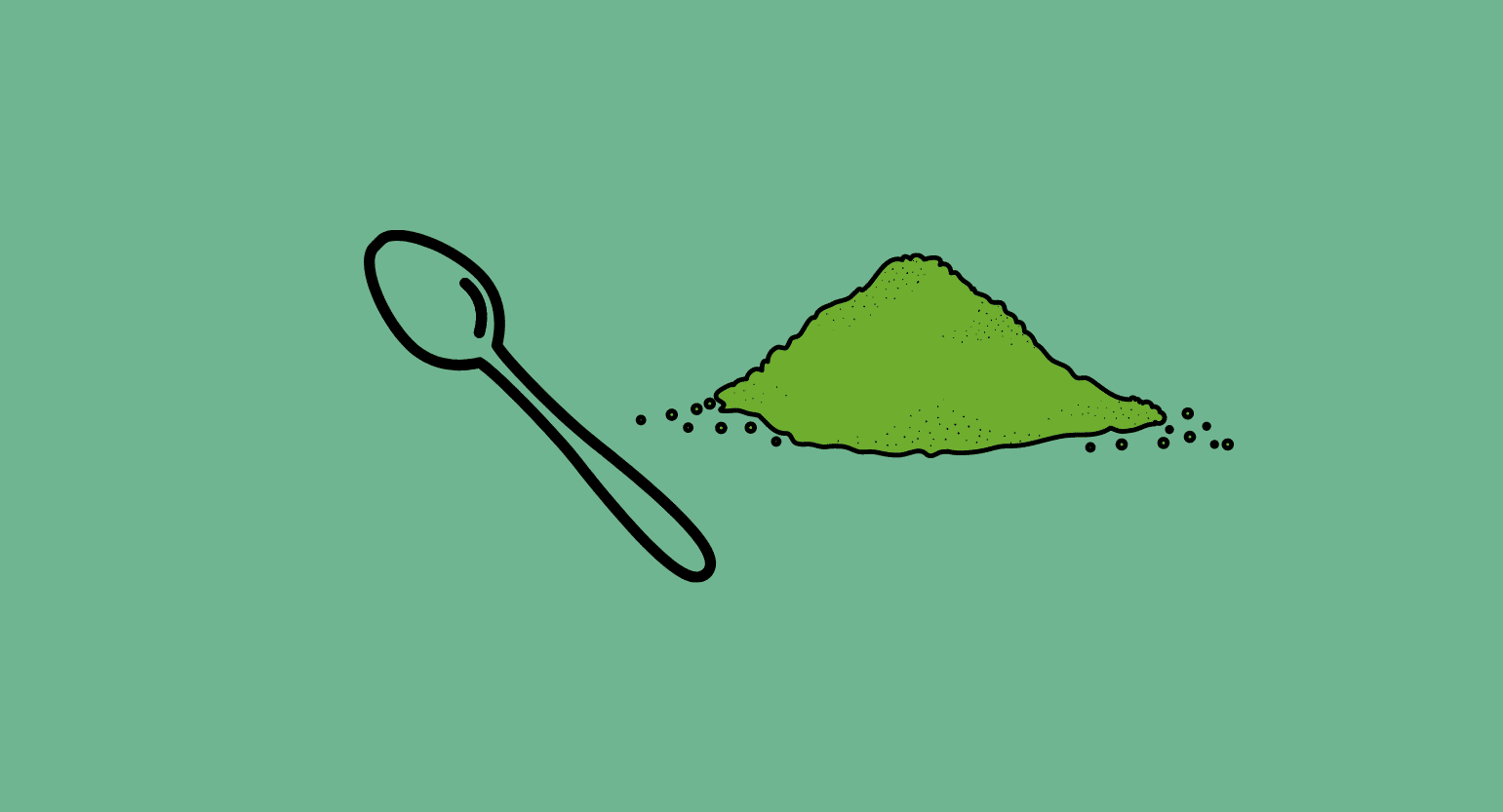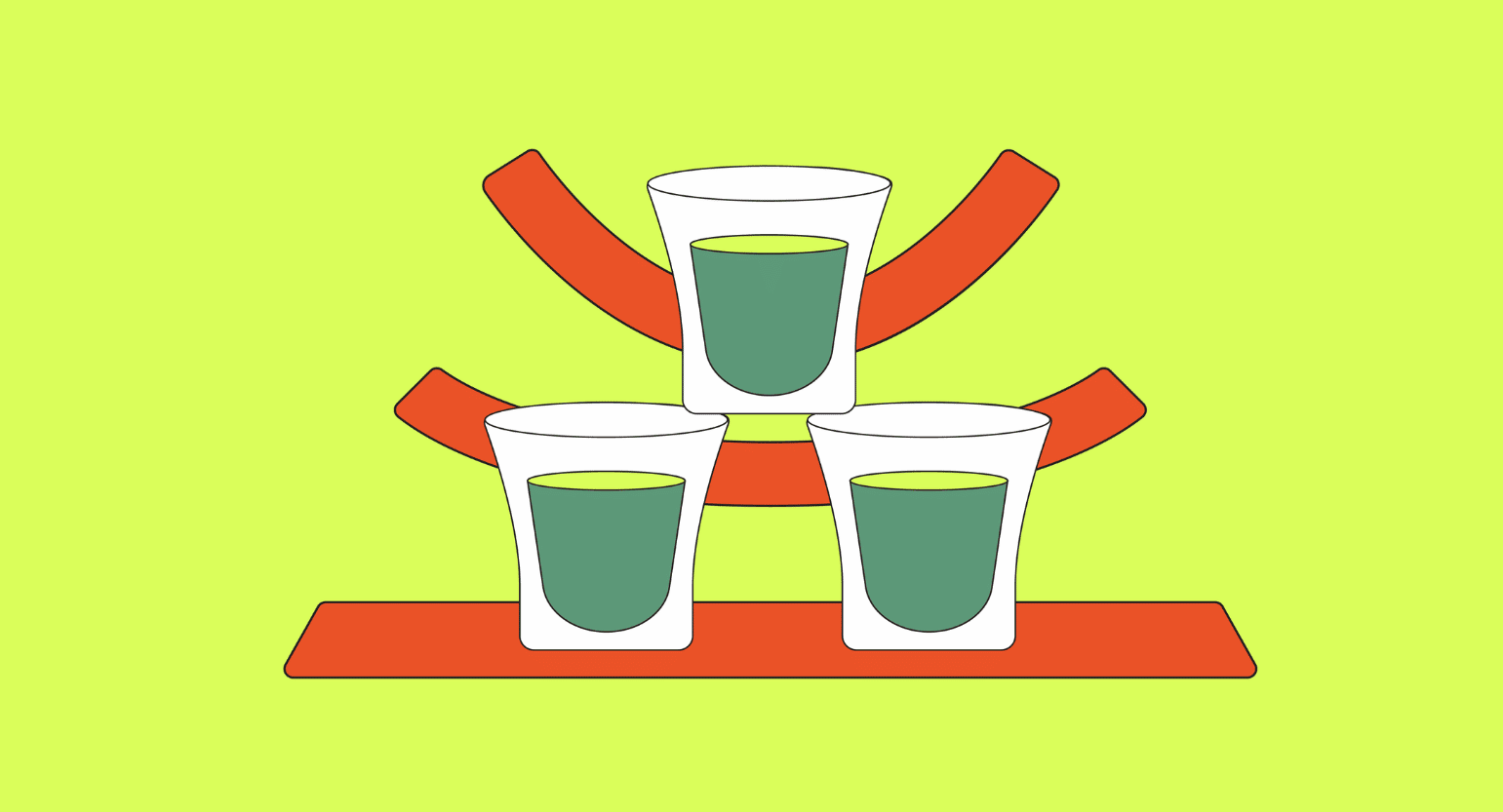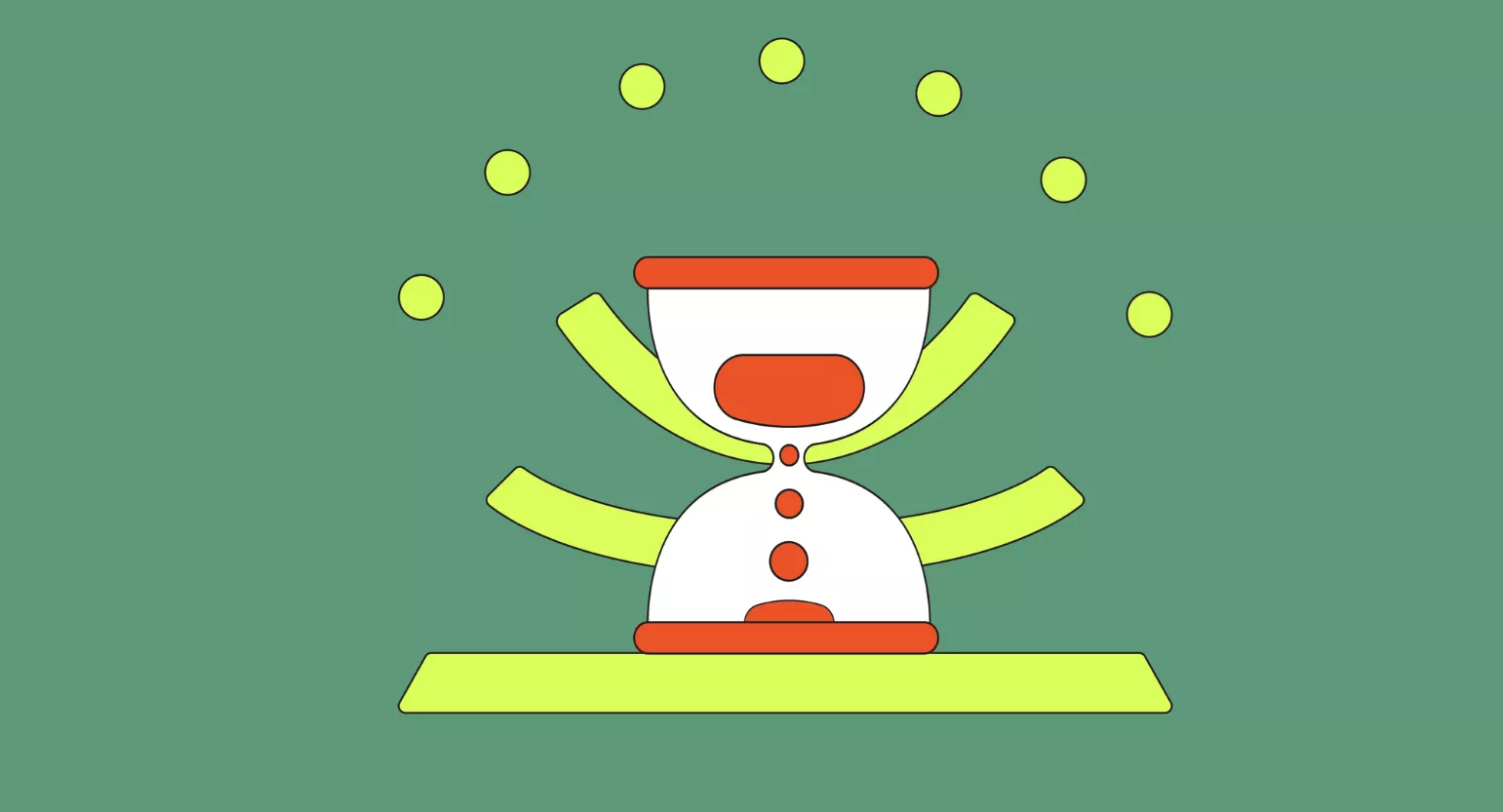The Truth About Kratom’s Side Effects & Blood Pressure
As science continually proves kratom (Mitragyna speciosa) to be relatively harmless, more and more botanists and researchers are dedicating themselves to its study. More recent research shows that the risk of death is more than 1,000 times less likely to occur with kratom than with conventional opioids [1].
Nonetheless, kratom certainly has side effects. Some of them can be quite intense, especially if you consider the symptoms of kratom addiction and withdrawal to be ‘side effects.’ This hardly means it’s a harmful drug.
It’s a powerful herb with potent healing benefits that need respect. Any plant capable of healing is also capable of dealing damage. Without being afforded the proper respect, kratom will show you its dark side, which includes a multitude of side effects.
Common side effects of kratom can include:
- Brain fog
- Changes in blood pressure
- Changes in mood, instability, a “short fuse”
- Constipation
- Cravings & addiction
- Dehydration
- Headaches
- Heart palpitations
- Itching
- Lethargy, drowsiness
- Nausea
- Sweating
How Does Kratom Affect Blood Pressure?
Kratom influences blood pressure in different ways.
Blood pressure is affected differently depending on what strain you’re using. Much like some strains are far more likely to cause insomnia and anxiety than others, some strains are more likely to cause high blood pressure, while others may cause low blood pressure.
In some cases, this change can be detrimental to a person’s health. In other cases, it may actually be beneficial. However, it is not for us to make any medical claims! It’s crucial you discuss this with your doctor.
Kratom can interact with medications, so don’t decide about changing blood pressure medication or introducing kratom into your lifestyle alongside these medications without asking your doctor.

Types of Kratom & Their Effects on Blood Pressure
For simplicity’s sake, let’s divide kratom into two broad categories: stimulating and relaxing.
Stimulating strains are usually white or green.
White strains are the most stimulating. They cause a dopamine surge typically perceived as an increase in energy, motivation, talkativeness, and improved mood.
Green strains have the unique property of being both stimulating and sedating — not simultaneously, of course. A green kratom burn will generally start out energizing. The effects then fade into a pleasant relaxation.
Relaxing strains are generally the red ones.
Red strains are most commonly used for managing intense or recurrent conditions. It is the best type of kratom for chronic pain. Most people find that it also excels at treating anxiety.
Which type of kratom you take will determine how it will influence your blood pressure.
Stimulants generally activate the body’s sympathetic nervous system. This name is a bit of a misnomer since the word sympathy tends to imply softness and soothsaying. Instead, the sympathetic nervous system is responsible for our fight or flight response.
Our sympathetic system kicks into gear naturally when there is a perceived threat (whether that threat is real, like a tiger eyeing you down, or perceived, like an anxious worry), allowing our bodies to use more energy than they do at rest.
These situations usually mean the release of certain brain chemicals that cause stimulation, like noradrenaline and adrenaline, which can increase blood pressure. This effect is why drugs that create stimulation tend to be associated with cardiovascular problems.
On the other hand, relaxing substances activate the parasympathetic system — doing precisely what you would think the sympathetic nervous system to do, namely promoting relaxation. When the parasympathetic nervous system is more active, blood vessels relax, lowering blood pressure. So, using red kratom is more likely to reduce your blood pressure.

Should I Use Kratom for Blood Pressure?
Remember, first and foremost, to discuss this with your medical doctor. We are not giving medical advice.
Most likely, they will not have heard of kratom and will likely discourage its usage. However, if you’re able to show the relevant research, you may be able to help your doctor learn a bit! In fact, the World Health Organization recently reviewed kratom and found it safe.
There are many reasons you might want to use kratom for blood pressure and just as many reasons you might not want to.
If you’re prone to addiction, you may also want to avoid kratom. It stimulates the body’s opioid receptors and can cause addictive and drug-seeking behavior in people susceptible to addiction.
Though kratom is not a side-effect-free substance, many of the side effects associated with its use are less intense than those that one might experience with certain blood pressure medication.
Also see: Making Sense of Kratom Research: Therapeutic Effects, Abuse Potential, & More.
Using Kratom to Lower Blood Pressure
Red kratom and some blends of yellow kratom can effectively help to lower your blood pressure.
If you struggle with chronic stress or other issues that cause high blood pressure, then you’re likely searching for a medication to help bring things into balance. Remember, we cannot make recommendations or provide medical advice!
Using kratom to lower blood pressure can also be dangerous if you already struggle with low blood pressure. If you’re using medication that can decrease it, you should be cautious before taking kratom. Consult with a physician before making any changes.
Using Kratom to Raise Blood Pressure
If you struggle with chronic hypotension (low blood pressure), your doctor will likely cycle you through many different blood pressure medications. You may want to mention that stimulating kratom strains can help increase blood pressure.
Your doctor will be more likely to encourage the use of kratom if you’ve tried many conventional medications with little success.
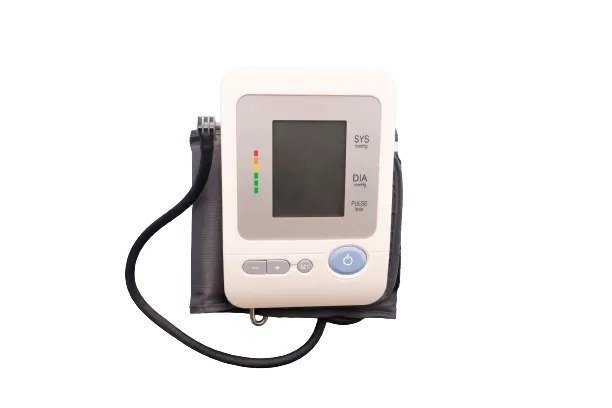
Kratom: Miracle Plant, Free From Side Effects?
As with any new supplements that hit the North American market, kratom was first sold as a miracle herb. It boasted a considerable number of benefits that could help treat people with minimal to no side effects.
It never really reached the mainstream but became something of a ‘cult herb,’ if you will. An ethnobotanical is a foreign and exotic plant that could provide interesting effects. It mainly remained popular among recovering drug users, patients with chronic pain, and psychonauts eager to explore every state of mind.
Throughout the early years, when kratom was primarily available on sites selling “legal highs,” there wasn’t much to read about its side effects. These websites are shady enough to begin with and far from eager to advertise any fault in a profitable plant.
However, after a year or so, it became apparent that kratom did cause side effects. People who had used it to stop taking conventional opioids, like heroin and morphine, realized that kratom could cause withdrawal symptoms nearly identical (although less intense) than these other opioids.
People also began to recognize that kratom’s similarity to opioids likely meant that it could cause the same side effects. Indeed, it can affect blood pressure, digestion, mood, and cognitive processing.
However, since opioids are almost exclusively sedating, there were still some unknowns regarding kratom. Kratom can be considered a stimulant and a sedative, which means that there are potential side effects that people would be unfamiliar with.
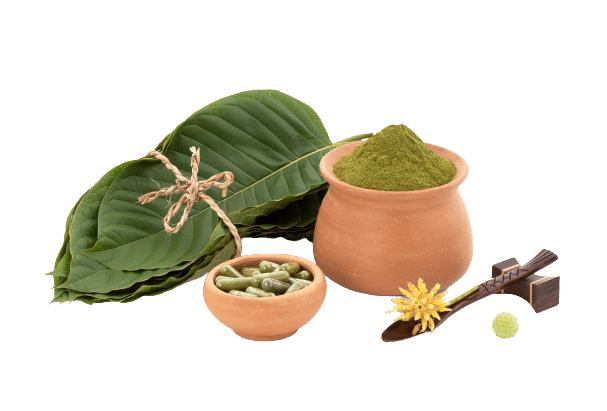
Determining the Real Risks & Dangers
When the D.E.A. got wind of this, things got out of control. The D.E.A. is a federal agency in the United States tasked with informing the populace about the dangers of drugs and the risks of substance abuse by providing accurate and well-researched information.
Unfortunately, they have developed a bad track record, and their treatment of kratom is a good example.
The D.E.A. quickly moved to ban kratom as soon as they heard it was used recreationally. When people pointed out that kratom caused only mild side effects and that the withdrawal was much less intense than illicit opioids, the authorities were not phased.
Instead, the D.E.A and the F.D.A. launched a series of propaganda tactics against kratom and harshly demonized it, giving it side effects that were not associated with kratom, such as hallucinations, delusions, and even a “kratom-induced psychosis.”
Extremely rare medical issues that occurred when kratom was present in the blood, such as seizures, anorexia, and hepatotoxicity, were listed next to kratom’s common side effects such as itching, increased urination, and drowsiness.
Studies erroneously blamed kratom for the deaths of individuals admitted to hospitals with combinations of multiple drugs in their bloodstream (including alcohol, opioids, and benzodiazepines).
These studies were given titles such as “Deaths Associated With Kratom” and shared widely on authoritative sites like Mayo Clinic, whose very website page for kratom is a blatant lie, entitled: Kratom: Unsafe and Ineffective.
The sheer ridiculousness of these claims has actually created more risks. On the one hand, people believe that kratom can cause deadly side effects: extreme hypertension (high blood pressure), respiratory problems, hallucinations, death, etc.
These are the people who are entirely writing off kratom and advocating against it. There have been cases of people desiring to abstain from heroin by using kratom but were denied kratom because it’s “just as dangerous.”
On the other hand, you have people who read the D.E.A. reports and find them so ridiculous that they assume nothing the D.E.A. says about kratom could possibly be true. Thus, they begin a habit of rampant and excessive use, believing kratom to be free from addiction or health problems.

Conclusion: Can You Use Kratom for High Blood Pressure?
Kratom has many uses, some seemingly contradictory, such as having stimulating and relaxing properties. It can also raise and lower blood pressure, depending on how it’s used. This makes it unique because it can benefit both those with hypertension and hypotension.
Hopefully, this article explains how you can use kratom to improve your blood pressure levels. However, it’s crucial to understand the risks when combining kratom with certain medications and medical conditions.
This article is not medical advice, and we strongly suggest you talk to your doctor before trying kratom for blood pressure.

